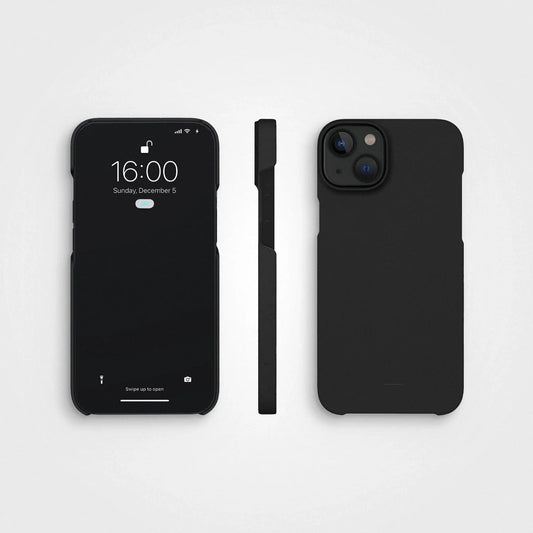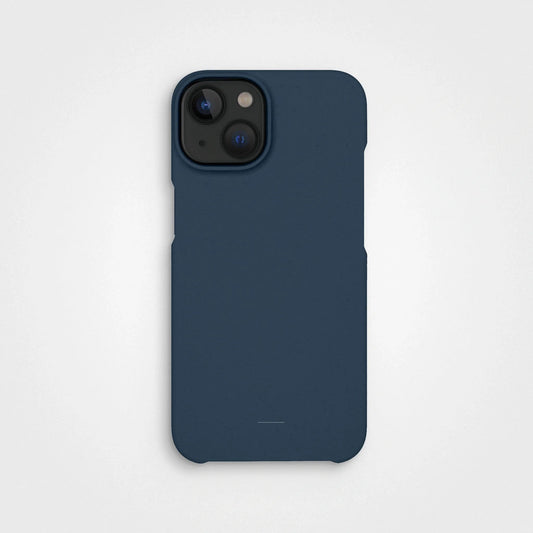It sounds like the beginning of a Jerry Seinfeld joke, but it is an interesting question. Since one of our products happens to be A Good Glue Stick it’s one we thought we should answer.
The short answer to why glue doesn’t stick to the tube is because it was designed to work that way. Think about it. A glue stick that stuck to the inside of the tube would be pretty useless - you wouldn’t be able to use it to adhere two things together and we wouldn’t be a very good company if we sold a product that bad.

The long answer is that glues, like the one we developed for our glue stick, are designed to work when they are being used, not before they are needed. Ever see a science fiction movie where a space vessel reaches its destination and the crew comes out of hypersleep and goes about their business - usually just before getting gobbled up by some alien? Except for the part about the alien, glue is the same way.
The thing that keeps the glue in hypersleep is called a solvent.
What’s a solvent?
A solvent is a substance that dissolves a solute (a chemically distinct liquid, solid or gas), resulting in a solution. Seawater is a solution of various salts (the solute) and water (the solvent).
Let’s say you went to the beach one day and filled a bottle with seawater. If the bottle is capped the water is unable to evaporate. If you remove the cap and leave that bottle of saltwater out in the sun, eventually the water will evaporate leaving behind the salt that had previously been locked in solution.
The glue in our glue stick operates the same way. The container locks the solvents and the glue - typically some sort of polymer - together in a solution. When you remove the cap the solvents begin to evaporate into the air. Like the space travelers coming out of hypersleep, the polymers wake up and start doing their job of keeping things stuck together.
This process is called mechanical adhesion. This is how the glue in our glue stick works.
Are solvents safe?
That’s a good question because there surely are nasty solvents. But we would not be able to call our product A Good Glue Stick if it contained anything hazardous. Our glue stick is CE certified and complies with all health, safety, and environmental regulations. In fact, we had to carry out a conformity assessment, set up a technical file and sign a Declaration that authorities can request at any time.
But to answer your question, the solvent we use is very safe because we use water.

What about super glue? How does it work?
Most regular types of glue harden as the solvent evaporates. If you want to glue something really well, you have to stick it really tight together - maybe even use a clamp - and let it cure for a bit. That’s how our glue works but unlike many stick glue products on the market, it can be pressed hard without leaving lumps of glue behind.
Superglue, however, doesn't need to dry out. Instead, it “polymerizes.” That means the individual liquid molecules start attaching to each other until they become solid. This reaction is triggered by moisture in the air and happens so quickly that you don't need to hold it clamped.
This process is called chemical adhesion.
It’s why you have to keep a container holding super glue tightly shut; if you don't it will react with water vapor in the air and polymerize inside the bottle! It’s also why even a little bit of super glue on one of your fingers will quickly adhere to another one - your skin contains a great deal of water.

Further information
A Good Glue Stick
It's a perfect choice for a sustainable arts and crafts adhesive.
Contained in a shell made from recycled plastics, this convenient non-toxic stick glue offers an easy way to attach items to a variety of surfaces, working equally well on glass, fabrics, and (of course) Stone Paper.





























